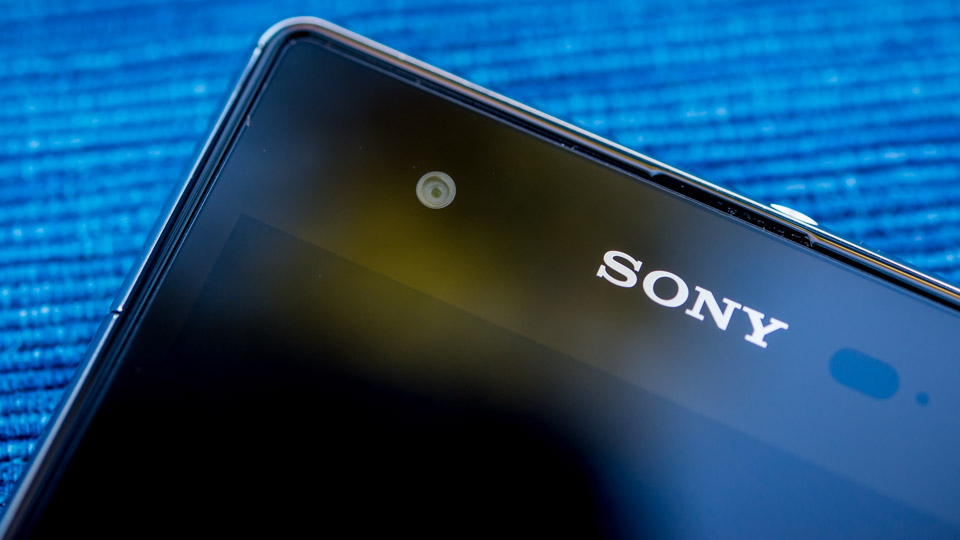Why you can trust TechRadar
For the most part, call quality is largely controlled by your network and signal strength, more so than the phone. However, there are instances when the hardware itself plays a role in call quality, like actual volume.
The Sony Xperia Z1S is currently available only at T-Mobile, so that ought to be a strong consideration for prospective buyers. When T-Mobile's coverage is great, it's great, but where it's spotty, the calls will be, too.

When the Sony Xperia Z1S was in areas with good coverage, call quality was great over the earpiece, and our callers said we sounded good, too. Our only gripe was, as we mentioned before, with speaker quality.
Speakerphone calls sounded muffled, but again we're attributing that to the fact that the phone is waterproof and probably can't have fully exposed speakers like other phones.
T-Mobile doesn't quite have the same coverage and penetration as AT&T and Verizon, but it's working pretty hard on expanding its network and making sure it keeps up with the bigger carriers. Whether that has any bearing on your decision to buy this phone if you aren't already with T-Mobile is up to you, but if you have demonstrably bad reception at home, you can convince T-Mobile into sending you a Femtocell or signal booster.
Data speed
Let's start with the slow here. When on HSPA+, or fake 4G as I like to call it, I saw speeds anywhere between 4-12Mbps download, and 2-5Mbps upload. That's pretty damn good if you're just messaging or using apps like Facebook and Twitter.
When it's on, it's really on. T-Mobile LTE can get up to 30Mbps down and 15Mbps up, sometimes even faster, when you're in an area of good coverage.
Sign up for breaking news, reviews, opinion, top tech deals, and more.

At that point, it's far more than you'll ever need for your mobile usage, but it's nice to know that that speed is there for any website, app or service that can take advantage of it. You ought to know that just because you have those speeds, it doesn't mean the services you use to download and upload data will allow you to do so at full speed.
Otherwise, the Z1S just flies on T-Mobile's network. As it should.
If this all sounds enticing, be sure to check your area, whether it's at home or work, to see what your coverage and service is going to be like. We'd hate to see you buy this phone and hop over to T-Mobile for subpar service.
So, the bottom line is you're going to have good call quality and data speeds in areas where you have good T-Mobile coverage. That goes with any phone. Most high-end smartphones these days don't have any hardware limitations that would cause bad call quality or data speed.
Perhaps some don't have radios as powerful as others, but that's rarely ever an issue. The real question is if the earpiece volume is going to be loud enough. It's rare, but on occasion some high-end Android devices have earpieces that just won't do in a moderately loud room.
The same goes for data speed performance. You may occasionally take a speed test and see numbers that will set your hair on fire, yet it could take an eternity to upload a photo to Google+. In those instances, it's the services that is slow, not your network or device.
These are just some things to consider when you're thinking about a phone's network performance. Luckily for us consumers, the big four networks in the U.S. are constantly trying to improve coverage and performance, partly to remain competitive against other carriers and retain and gain new business. In that case, we almost always win.
Now let's just hope this growth in coverage for T-Mobile rivals the big boys before the end of 2014.
Current page: Call quality and network performance
Prev Page Camera Next Page Performance and battery life